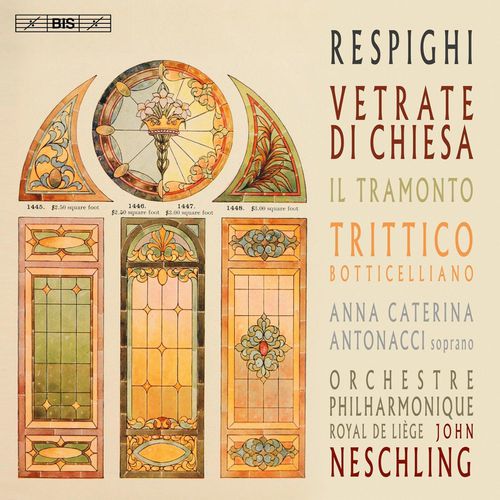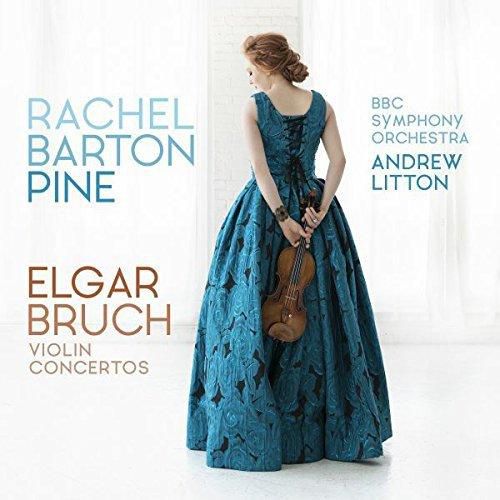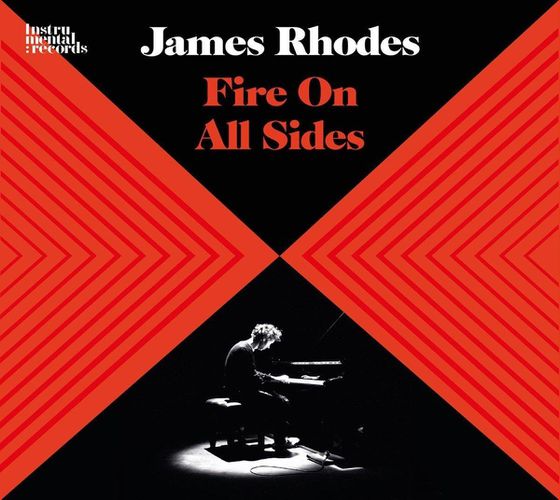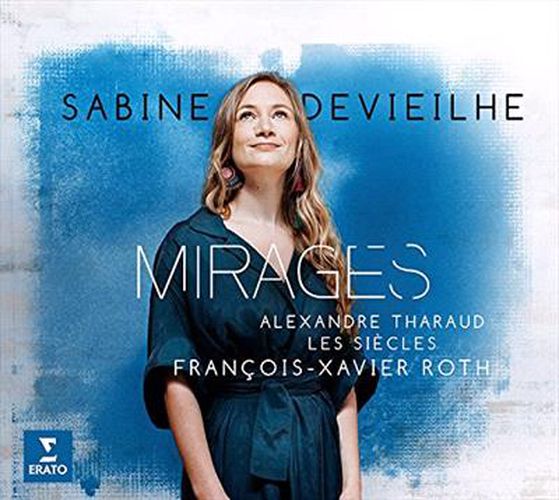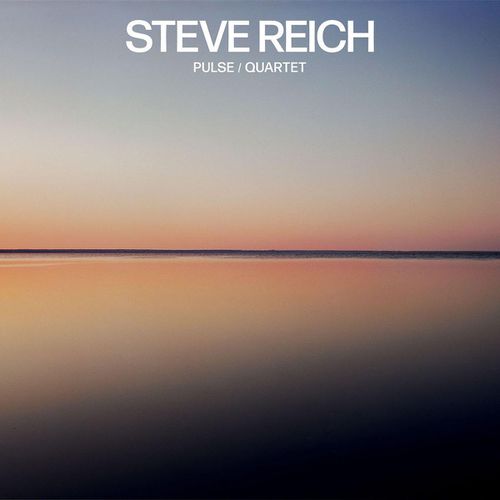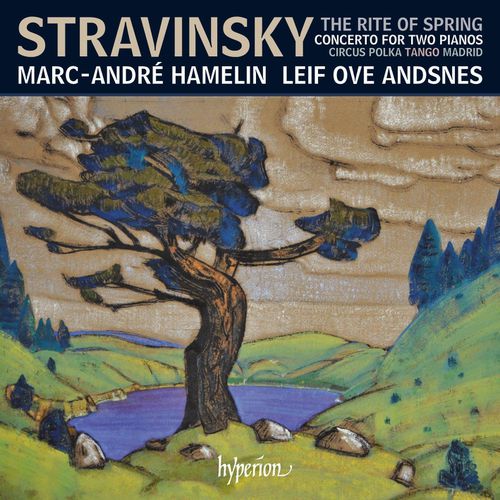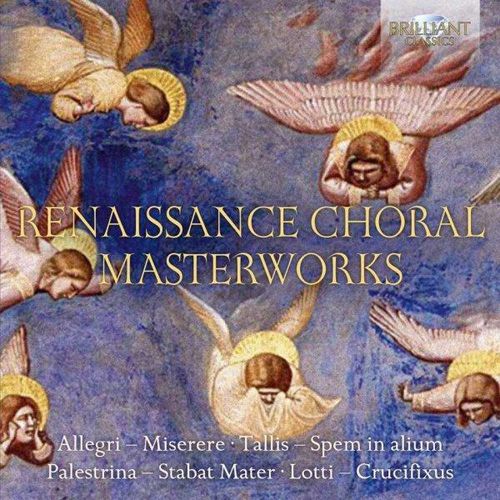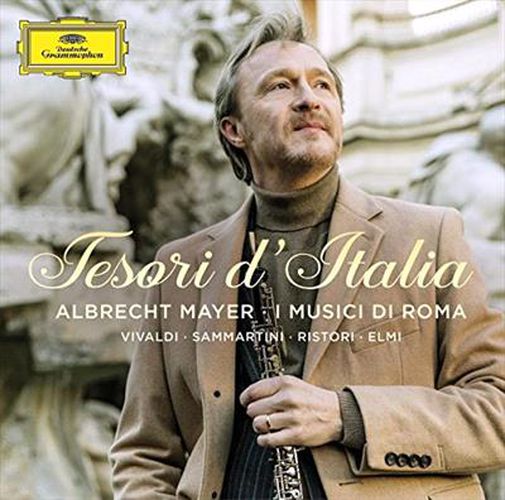Calling The Muse: Old & New Pieces for Theorbo
Bruno Helstroffer
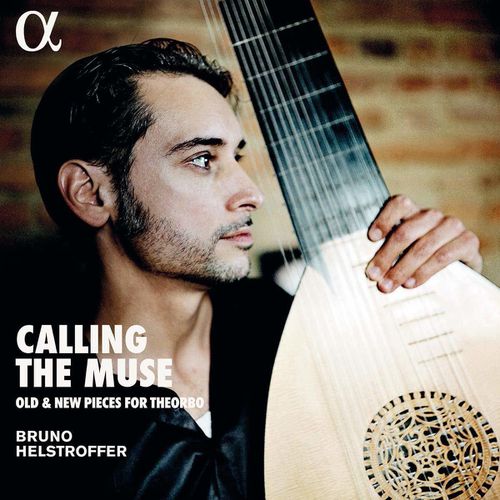
Calling The Muse: Old & New Pieces for Theorbo
Bruno Helstroffer
Bruno Helstroffer writes of his new release:
“It’s a logbook, the one I’ve never really kept. My years of blues/rock and early music mingle here; the thousands of kilometers travelled with that theorbo of mine, the cities and the countryside, the railways, the skies, the scents, the lights; but above all, the music of the people.
‘Partite variate sopra quest'aria francese detta l'alemana’ is a tablature by Piccinini of an aria also called La Monica. In North America in the late nineteenth century, railroad hoboes carved their vagabond pseudonym along the tracks, which they called their ‘moniker’… ‘Corrente VI sopra l'alemana,‘ by the same composer, is the energetic counterpart to the noble and meditative allemande. ‘Like a Belfry’ is taken from a dream… Rosemary Standley has set her words to the melody and sings them. J. H. Kapsberger’s ‘Toccata nona’ is associated here with Perivoli Blue. Perivoli is a village in the south of the island of Corfu. ‘Thanks Toumani’ expresses my fascination with Mandingo music. Bellerofonte Castaldi’s ‘Arpeggiata a mio modo’ was one of my first challenges on the theorbo.
Erik Satie’s ‘Gnossienne no.1’ arrived under my fingers without warning and made a place for itself here by fitting in so naturally that I couldn’t say no to it. This is the piece chosen by my photographer friend Richard Dumas to make the video clip of the album.
With Kapsberger’s ‘Bergamasca,‘ a dance from Bergamo in Italy, the theorbo becomes a festive and agile instrument. ‘A Tea with Bach’ is an arrangement of the Minuet from Bach’s Cello Suite no.1. The ‘Toccata Undicesima’ serves as the introduction to an improvisation: Vos luths. And invokes India.”
Review
Alexandra Mathew
Bruno Helstroffer is a master theorbist. In Calling the Muse he draws on his experience as blues guitarist and early music specialist, depicting a broad landscape for the repertoire of his instrument. That said, the album isn’t an exploration of aggressive non-classical music alongside baroque; it’s a beautiful, well-synthesised program of Helstroffer’s own compositions and compositions by Bach, Kapsberger and Satie among others. His playing is mesmerising: on his theorbo Helstroffer is capable of producing sound like the finest lace, as well as creating thick, robust textures.
Of particular note are his renderings of the Minuet from Bach’s Cello Suite No. 1 and Satie’s Gnossiene No. 1. The former is reminiscent of Leo Kottke’s 1969 arrangement of Jesu, Joy of Man’s Desiring for its moving simplicity and gentle, folk-like sonorities. Gnossiene No. 1 is hypnotic at the best of times, and on Helstroffer’s theorbo Satie’s music sounds as at home as it does on piano. Frequent collaborator Rosemary Standley joins Helstroffer for the eerie ‘Comme un beffroi’, and Jean-Luc Debattice lends his gravelly speaking voice in ‘Dans le chambre de mon theorbe’, à la Simon and Garfunkel’s ‘7 O’Clock News’. Calling the Muse is testament to Helstroffer’s versatility and brilliance.
Alexandra Mathew is a classical music specialist at Readings Carlton.
This item is not currently in-stock. It can be ordered online and is expected to ship in approx 4 weeks
Our stock data is updated periodically, and availability may change throughout the day for in-demand items. Please call the relevant shop for the most current stock information. Prices are subject to change without notice.
Sign in or become a Readings Member to add this title to a wishlist.



